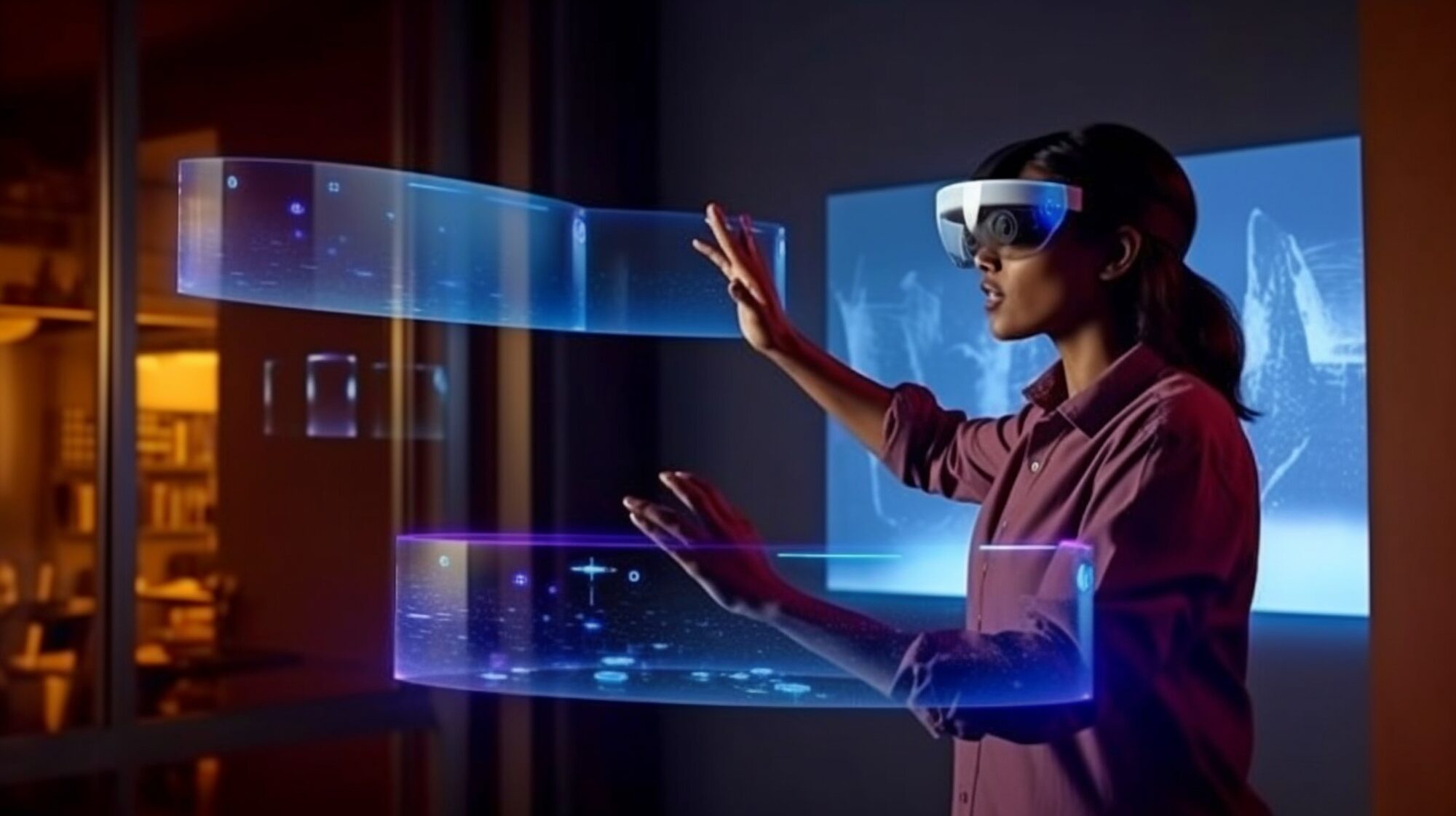By: Pawan Gupta
Introduction: In recent years, virtual reality (VR) has emerged as a transformative trend, making significant strides across various industries. One area where VR is gaining remarkable traction is in education. As technology continues to advance, educators are exploring innovative ways to engage students and enhance learning experiences. This article delves into the trending topic of the rise of virtual reality in education and its potential to revolutionize the way we learn.
- Immersive Learning Environments: One of the key advantages of VR in education is its ability to create immersive learning environments. Traditional classrooms are being augmented or replaced by virtual spaces where students can interact with 3D models, explore historical landmarks, or even travel to outer space. This immersive approach helps to capture and maintain students’ attention, fostering a deeper understanding of the subject matter.
- Enhanced Engagement and Retention: Traditional lectures and textbooks may struggle to keep students engaged, leading to decreased retention of information. VR, on the other hand, provides a multi sensory experience that appeals to different learning styles. By actively participating in virtual scenarios, students are more likely to remember and comprehend the material. This increased engagement can lead to improved academic performance.
- Real-world Simulations: One of the most compelling aspects of VR in education is its ability to simulate real-world scenarios. For example, medical students can practice surgical procedures in a risk-free virtual environment, allowing them to refine their skills before working with real patients. Similarly, students studying architecture can explore virtual buildings and designs, gaining practical experience in a digital realm.
- Global Collaboration and Connectivity: VR facilitates global collaboration by connecting students and educators from different parts of the world. Virtual classrooms enable seamless communication, breaking down geographical barriers and fostering a sense of global community. This interconnectedness not only exposes students to diverse perspectives but also prepares them for a future where cross-cultural collaboration is increasingly important.
- Accessibility and Inclusivity: Virtual reality has the potential to make education more accessible and inclusive. Students who face physical limitations or geographical constraints can still participate in virtual classrooms, ensuring that education reaches a wider audience. This inclusivity aligns with the goal of providing quality education for all, regardless of individual circumstances.
- Challenges and Considerations: While the adoption of VR in education is on the rise, there are challenges to address, including the cost of VR equipment, technical issues, and the need for specialized training for educators. Additionally, ensuring the ethical use of VR technology and addressing concerns related to privacy and security are essential considerations in its implementation.
- Future Outlook: The future of virtual reality in education looks promising, with ongoing advancements in technology and increased investment in VR applications for learning. As the technology becomes more affordable and accessible, its integration into mainstream education is likely to accelerate, providing students with unparalleled learning experiences.
Conclusion: The rise of virtual reality in education marks a significant shift in how we approach learning. As VR technology continues to evolve, its impact on education is poised to be transformative. From immersive learning environments to global collaboration, virtual reality holds the potential to revolutionize the educational landscape, making learning more engaging, accessible, and inclusive. Educators, policymakers, and technology developers must work collaboratively to harness the full potential of VR in shaping the future of education.
